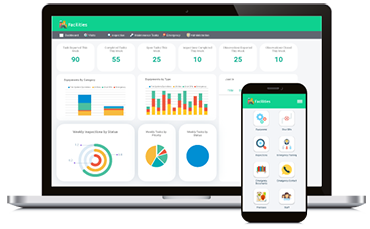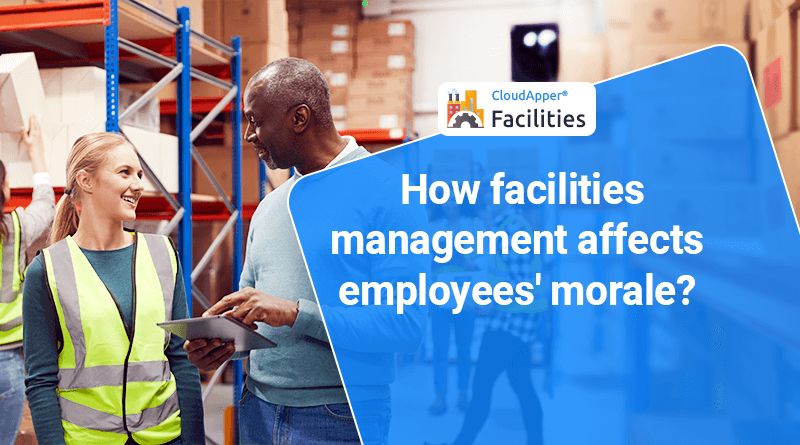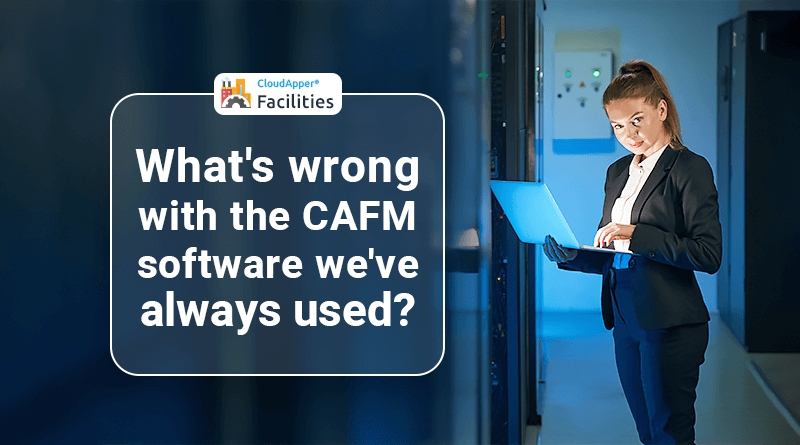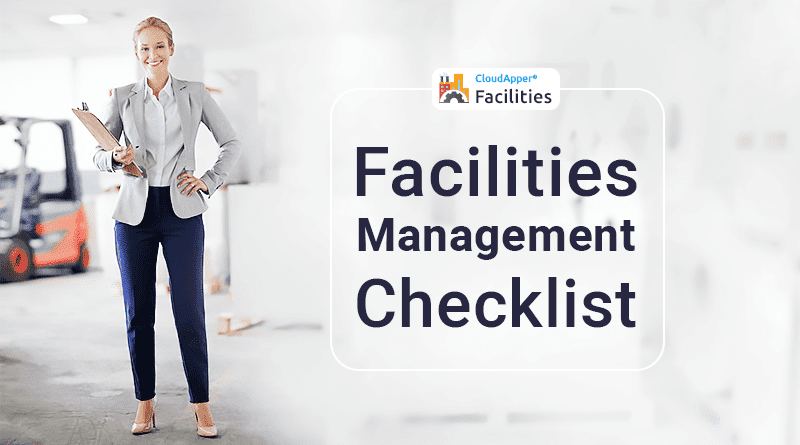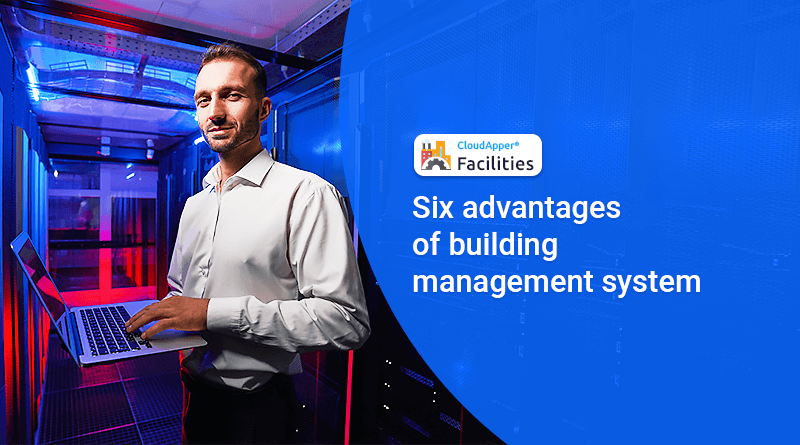Facility management is a broad concept, much like the word “Entertainment”. Facility managers hold a title in the same way an entertainer does, but the responsibilities and activities of a facility manager vary as greatly as a movie star. Under the entertainment label, you’ve got everything from movies and music to literature and games —which is why it makes sense to identify the type of entertainment you’re talking about. The same goes for different types of facility management.
There are different types of managed facilities out there, and they all have their different needs and expectations. As a result, there are different types of facilities management skills and specialties to consider. Dave and James might both be facilities managers, but if Dave manages a 90,000-square-foot healthcare facility and James oversees a 14,000-square-foot storage facility, then that’s where their similarities end in terms of facility management.
Now, let’s take a broad look at the Top 10 types of facilities management.
- Enterprise Asset Management: This specific type of facilities management covers all the important aspects of organizations such as HVAC systems and software licenses. It also ensures efficient asset management across all the stages, helping you provide attention when needed, starting from procurement to disposal. It is one of the most crucial modules as it is aligned with other aspects of facility maintenance.
- Emergency Situation Preparedness: Every sound organization has plans in place to respond to unexpected or unwanted events. This type of facilities management is all about tackling worst-case scenarios. It includes a wide variety of plans, such as response plans for emergencies that help tackle disruptions as well as ensuring employee safety, health, and wellness. Not only that, but it also focuses on strategies that can help the organization get back to its previous state prior to the emergency.
- Workplace & Employee Wellness: These are the key elements of facilities management for keeping employees motivated, productive, and engaged at work. These variables help to know how the workplace affects employee health and wellness. The prior objective here is to turn facilities into a positive drive for employees and help them do their best while they feel good at it.
- Sustainable Environment Management: It is high time businesses focus on the environmental effects caused by their operations. From giant manufacturing sites to lifesaving healthcare facilities, environmental sustainability programs have to be carried out everywhere. Such activities are a crucial part of facility management, and they include building and maintaining recycling plans, as well as reducing wasted energy.
- Employee Engagement: Recently, there has been a strong call for an increase in synergy amongst business departments through interdepartmental communication and employee engagement. Interdepartmental communication usually occurs within the workplace, both through physical or digital mediums. Therefore, this will fall under facilities management, and a facilities manager must ensure that the channels of communications implemented have the adequate infrastructure required to operate. For example, telephone, wifi routers, and cloud-based messaging platforms must all be operable.
- Project and Move Management: As operations evolve, faster response times and move management become increasingly vital. While this also falls under facility management, this specific responsibility requires employees to constantly work toward efficient move management as many groups require the use of certain facilities. It is the responsibility of facility managers to ensure a streamlined change between groups that requires supervision.
- Building Management: The facilities management of this sector operates at a macro level. Once organizations determine the value of their overhead, it is the responsibility of facility managers to bring context to costs. Should a company choose to either expand, consolidate, or realign its facilities, the stakeholders of these facilities will turn to experts within the facility’s industry in order to better understand how it affects operations, output, and cost structures.
- Space and Floor Management: Simplified as workplace management, this field of facilities directly addresses the essence of a building’s purpose, and that is to support workers. The duties of facility managers in this aspect are to coordinate floor plans, review space utilization analytics and trends, recommend workspace improvements, as well as govern the work environment as a whole.
- Smart Technology Integration: With the innovation and application of the Internet of Things (IoT) for office, comes the need for tech-friendly facility managers. These facility professionals search through the world of facility management software, smart building technology, cloud systems, and digital workplace infrastructure planning. They use their strong connection with digital technology and resources to empower workplace innovation.
- Workplace Leadership and Strategy: Imagine how the workplace will look five years down the road. How can management better support its employees’ wellbeing? What are the latest trends in workplace management groups? These are the kind of questions a future-focused facility manager leader needs to ask himself. They need to come up with a forward-looking strategy for facilities, to help drive business success in the future.
While each of the functions above plays into the general role of facilities management, there’s a great opportunity to specialize within each one of them. Many facility professionals are doing just that. Their specialization in specific areas of facilities management can pave the way for innovation that has surging benefits for the company.


